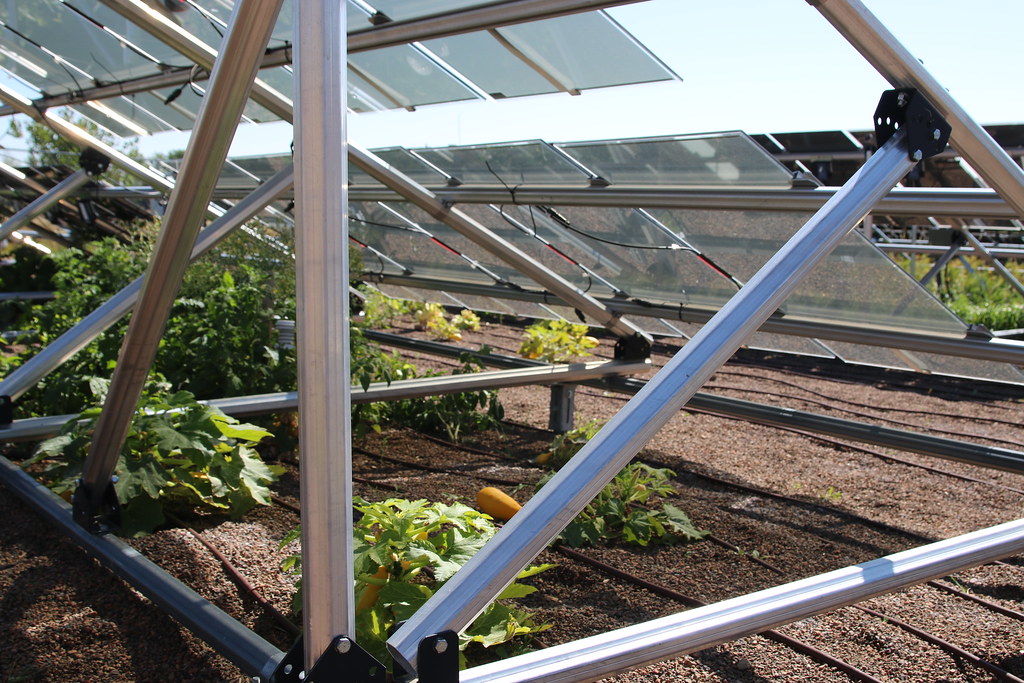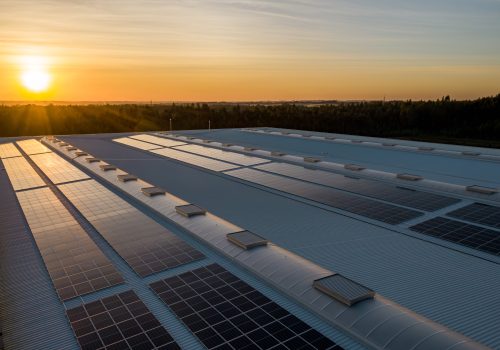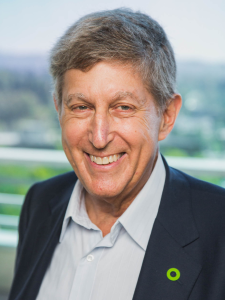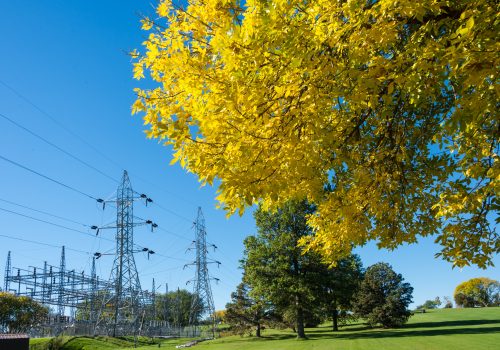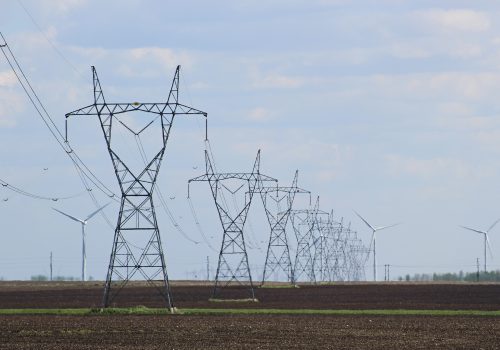Last August, the Inflation Reduction Act (IRA) authorized $27 billion for a Greenhouse Gas Reduction Fund (GGRF) designed to provide affordable financing for local energy projects across the United States, with more than half of its funds intended for low-income communities. Within the past two months, the Environmental Protection Agency (EPA) has announced three grant competitions to determine which organizations will administer the GGRF, finally setting the goals of the program into motion.
Activating the GGRF presents an opportunity for green banks, community development finance institutions, credit unions, developers, and local communities to scale clean technology investment significantly and empower low-income communities across the country.
To maximize the potential of the GGRF, stakeholders should prioritize projects that most reduce the energy burden—the proportion of income spent on energy—in low-income households and implement strategies to address the barriers to investing in energy projects located in underserved communities.
Challenges for low-income communities
The three program objectives of the GGRF are to invest in projects that reduce greenhouse gas emissions and other air pollutants; to deliver the benefits of those projects to local communities—particularly underserved communities; and to mobilize financing and attract private capital to these projects. Low-income communities, however, face barriers to investing in solar energy and energy efficiency projects.
A California Energy Commission study found that limited disposable income, low home ownership rates, aging infrastructure, difficulty in securing financing, a lack of awareness, insufficient data, and policy issues were the chief obstacles facing communities and potential investors. Low-income households spend three times as much of their income on energy compared to the national 3 percent average. African-American and Hispanic populations are disproportionately impacted by high bills.
Renewable energy can in some cases increase the energy burden borne by disadvantaged communities if local conditions or financing options are insufficient. Even though utility-scale renewable energy is significantly cheaper to generate than fossil-based counterparts, that is not always the case for small community and household projects. In addition, the borrowing costs for these projects can increase energy bills for low-income communities unless the programs are structured in a manner designed to avoid that scenario.
The path forward
To advance the goals of the GGRF, the financial institutions that administer it should implement flexible financing strategies that can multiply the benefits of investment. These institutions should also coordinate closely with community partners to identify the highest-impact projects and ensure that investments build wealth in low-income communities.
Since local institutions, building owners, and residents in low-income communities often lack capital to invest, awardees should provide up to 100 percent loans to eligible projects. These loans should be at very low interest rates and of a long-term nature. Moreover, given the difficulties for people and businesses in low-income communities to take on additional debt, repayment through energy bills is an effective financing strategy. Where the combined cost of such projects and loan repayments would increase the energy burden, the loan recipient should be given a grant to repay enough of the debt so that the cost of the remaining repayments and energy bills effectively lowers the energy burden.
Investments in low-income communities are often considered risky. Awardees could secure investment through guarantees to offset project risk, attracting investors at a high leverage ratio. The US Department of Energy’s loan guarantee program has dispersed over $30 billion in at a loss rate of just 3 percent, a highly efficient use of capital. Educational programs can help lenders identify profitable investments. Moreover, diligent data collection is crucial to measuring outcomes.
Another barrier facing frontline communities is the relatively limited pipeline of investment-ready projects. Institutions administering the GGRF should provide funding for local community organizations that can identify investment needs and facilitate project development. They can also leverage relationships that community development finance institutions and local banks already have on the ground to accomplish this task.
The potential for the GGRF
The GGRF can unlock affordable financing that accelerates clean technology investment in low-income communities at an unprecedented scale. To maximize the impact of the funds, awardees should focus on reducing the energy burden in these communities through flexible financing strategies including guarantees, community-engaged project decision-making, and inclusive development that involves and employs the people where investments are made. One year on from the creation of the GGRF, there is no time to waste.
Ken Berlin is a senior fellow and the director of the Financing and Achieving Cost Competitive Climate Solutions Project at the Atlantic Council Global Energy Center
Frank Willey is a project assistant at the Atlantic Council Global Energy Center
Meet the authors
Related content
Learn more about the Global Energy Center

The Global Energy Center develops and promotes pragmatic and nonpartisan policy solutions designed to advance global energy security, enhance economic opportunity, and accelerate pathways to net-zero emissions.
Image: Rooftop Solar Garden, courtesy of AgriSolar Clearinghouse, https://openverse.org/image/013109a3-83a5-4eb8-8efc-7f82312d26a6?q=rooftop%20solar
